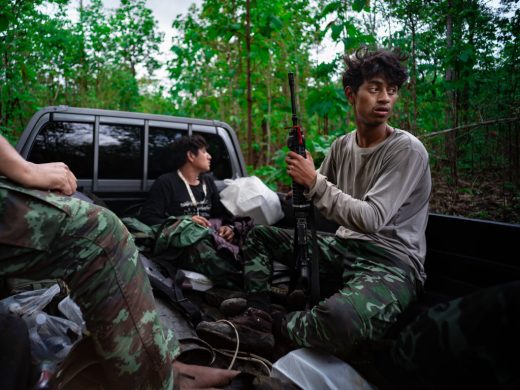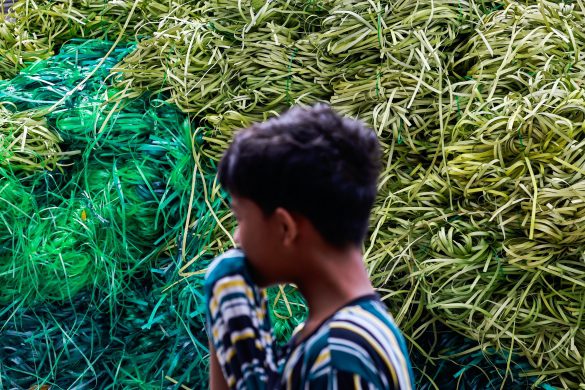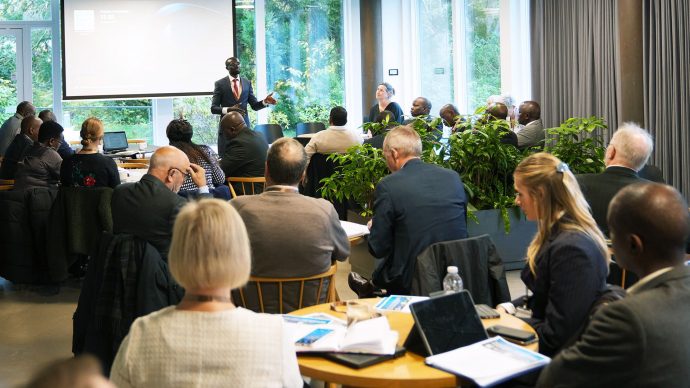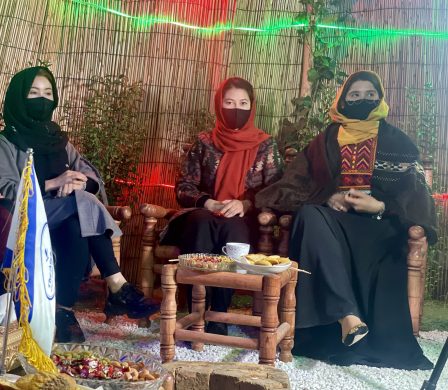PARIS, 26 May 2009: A tiger reserve in India are among the 22 new sites from 17 countries added by the United Nations Educational Scientific and Cultural Organization (UNESCO) Tuesday to its World Network of Biosphere Reserves.
The additions bring the total number of sites on the list to 553 in 107 countries, UNESCO announced. The announcement came from UNESCOs International Coordinating Council of the Man and the Biosphere Programme (MAB-ICC), which is meeting on the Island of Jeju in the Republic of Korea (Sydkorea).
Ten of the sites are in Asia, with Europe getting six and the rest divided among Australia, the Middle East, Africa and the Americas.
Biosphere reserves are areas designated to serve as places to test different approaches to integrated management of terrestrial, freshwater, coastal and marine resources and biodiversity. As a result, they are sites for experimenting with and learning about sustainable development.
Sites added to the list this year include Great Sandy, a terrestrial, coastal, marine area in Australia which is home to the largest rainforest stand on sand in the world.
Similipal, India, is a tiger reserve in the eastern Indian state of Orissa, which used to be the hunting ground of the Maharajah of Mayurbhanj.
Other approved sites include Giam Siak Kecil – Bukit Batu, Indonesia, a peat land area in Sumatra featuring sustainable timber production and two wildlife reserves which are home to the Sumatran tiger, elephant, tapir, and sun bear.
Furthermore, Tasik Chini, the first site in Malaysia designated as a UNESCO designated biosphere reserve, which is a sanctuary for many freshwater species.
The other new sites are: Lagunas de Montebello (Mexico), Flores Island (Portugal), Geres-Xures (Portugal and Spain), Shinan Dadohae (Sydkorea), Altaisky (Russia), Vhembe (South Africa), Fuerteventura (Spain), Lajat Biosphere Reserve (Syria), Desnianskyi (Ukraine), Delta del Orinoco (Venezuela), Cu Lao Cham – Hoi An (Viet Nam), Mui Ca Mau (Viet Nam), Mount Myohyang (Nordkorea), Biosphare Bliesgau (Germany), Pachmarhi (India), Nokrek (India), and Jabal Moussa Biosphere Reserve (Lebanon).
Kilde: www.un.org















